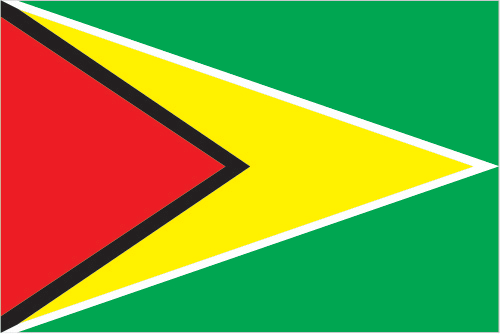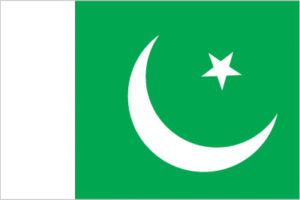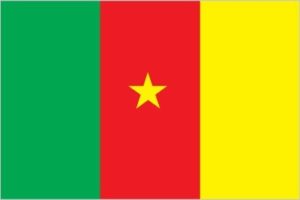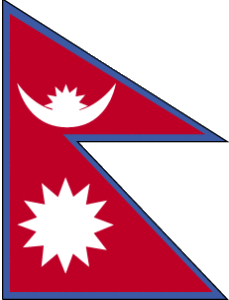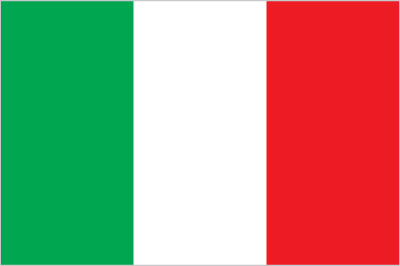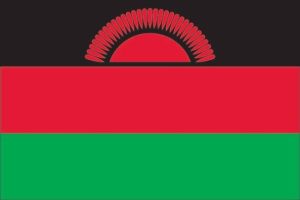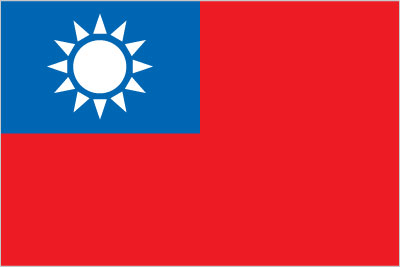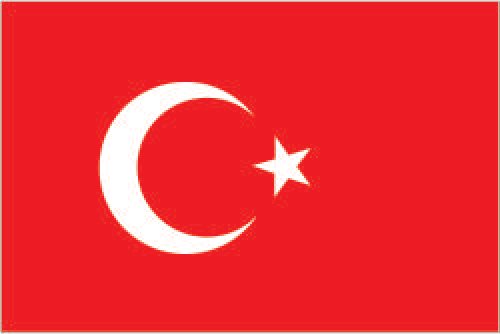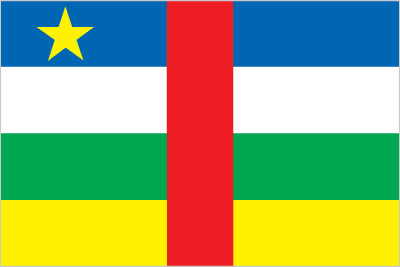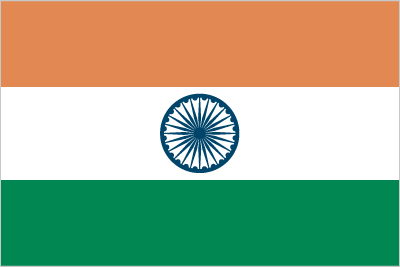
Flag of India
India celebrates Republic Day. It gained its freedom from Great Britain in 1950. According to the CIA World Factbook, India is a third the size of the United States, but its population is more than three times the population of the United States. India has almost every ecosystem in the world. The Himalaya Mountains are in the north; India also has deserts and tropical rainforests. New Delhi is the capital. Children can learn more at: India.
